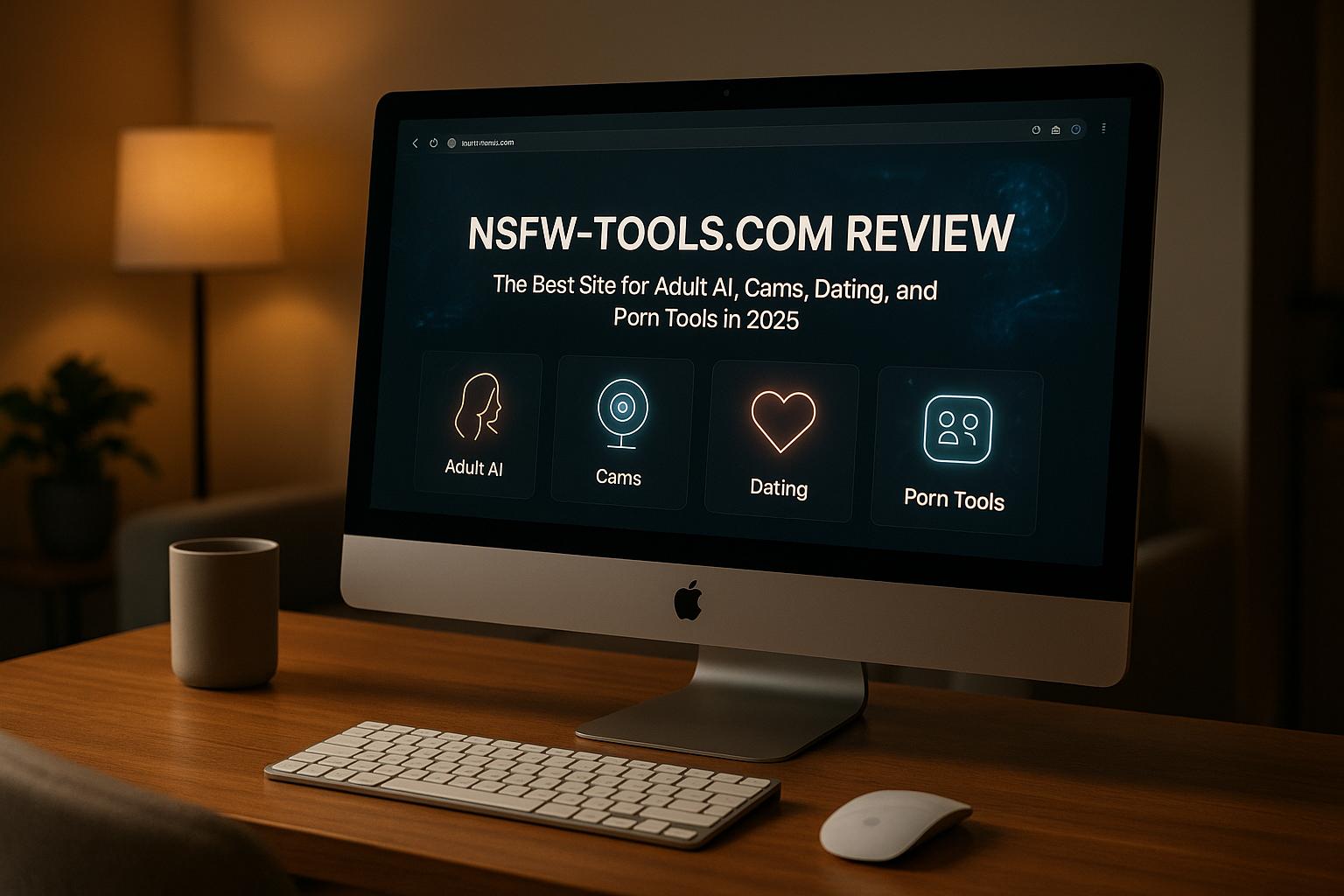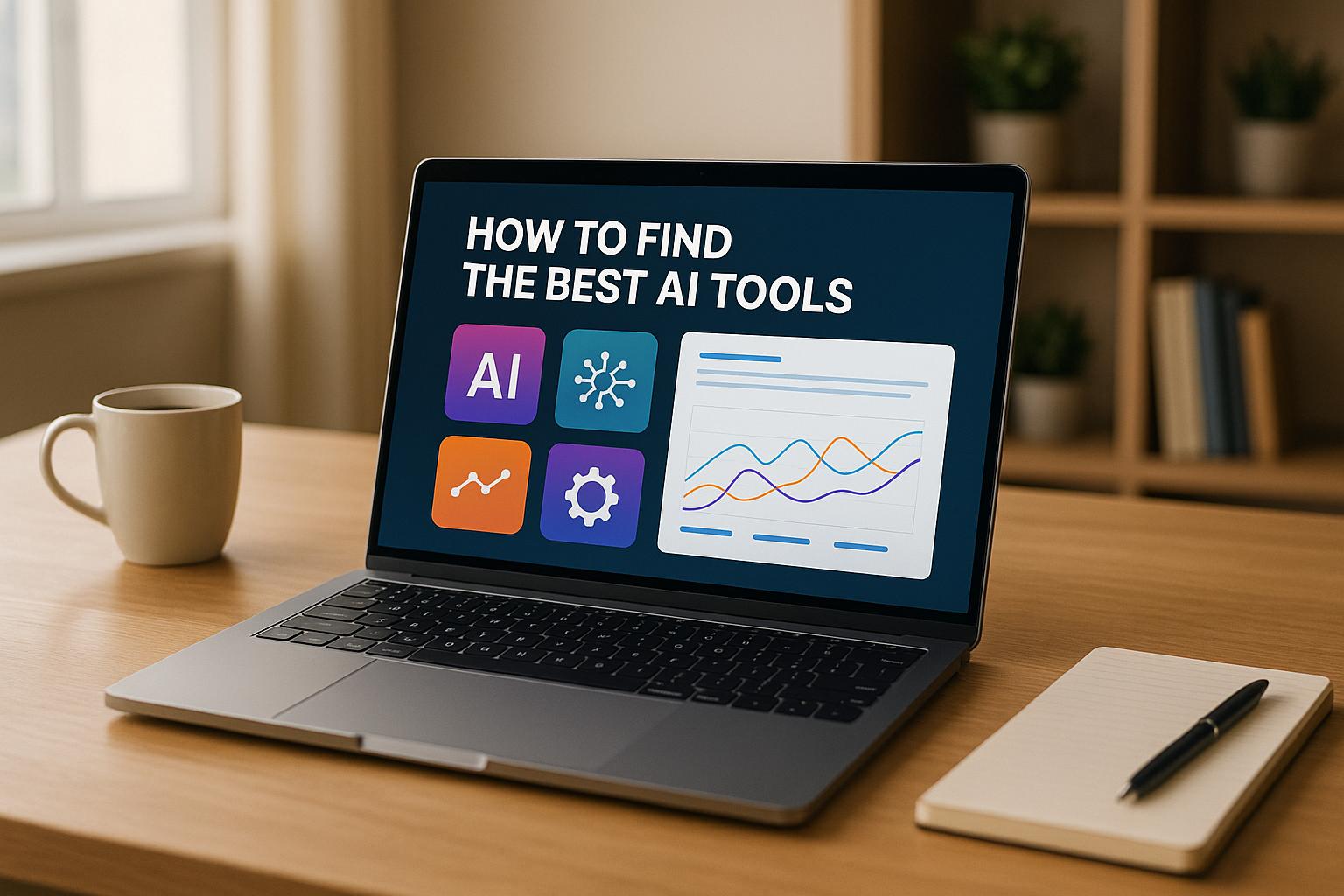In the ever-evolving landscape of artificial intelligence, two buzzwords have taken center stage: AI Agents and Automation. Despite their growing popularity, many beginners - and even seasoned professionals - find it challenging to differentiate between the two and identify when to use one over the other.
This guide distills insights from a conversation between AI expert Marcus McGee, founder of the AI Consulting Lab, and host Matt Paige on the Talking AI Podcast. By breaking down the nuances of AI Agents and Automation, we’ll help you understand their unique roles, ideal applications, and how to integrate them into your personal or professional workflows.
Whether you’re a business owner, teacher, student, or content creator, this guide will give you clarity and actionable advice to unlock AI’s transformative potential.
Understanding the Basics: AI Agents vs. Automation
What Is Automation?
Automation refers to executing a pre-defined sequence of tasks or processes without human intervention. Traditional automation tools follow strict rules:
- Static workflows: Automation executes predefined steps in a fixed sequence.
- Predictable outcomes: Every input produces the same response because it’s rule-based.
- Examples: Email campaigns, invoice generation, and social media scheduling.
While automation isn’t new, integrating AI into automation workflows (via tools like Make or Zapier) has allowed for smarter, more dynamic processing, such as natural language processing or basic reasoning within a workflow.
What Is an AI Agent?
AI Agents are a newer, more dynamic concept. They are designed to act autonomously within a given objective, making decisions based on context and tools provided. Think of an AI Agent as a skilled team member equipped with tools, strategies, and flexibility to adapt to changing circumstances.
- Autonomy: Agents don’t simply execute pre-set commands; they can adjust their approach depending on the situation.
- Decision-making: They use AI-driven reasoning to determine the best way to achieve their goal.
- Examples: Customer service chatbots that answer complex inquiries, virtual assistants managing schedules, or AI systems conducting competitive analysis.
Key Difference: Flexibility and Scope
- Automation is best for repetitive, predictable tasks.
- AI Agents are ideal for tasks requiring adaptability, problem-solving, and multi-step reasoning.
The Football Analogy: Breaking It Down
Marcus McGee offers a helpful analogy to explain the difference:
- Automation is like running a football play exactly as planned. Each player follows a specific path or action without deviation. If the situation changes (e.g., a defender blocks the play), automation cannot adapt.
- AI Agents, however, are like a football team that adjusts in real time based on the defense. They have tools (teammates, strategies) and an objective (score a touchdown), but their approach changes depending on the situation.
This analogy underscores why it’s important not to force AI agents into tasks better suited for automation. The tools are complementary, not interchangeable.
When to Use Automation vs. AI Agents
Ideal Use Cases for Automation
- Repetitive Processes: Automating tasks like sending invoices, scheduling social media posts, or processing payroll.
- Defined Rules: When tasks follow a clear "if this, then that" logic.
- Cost-Effectiveness: Automation is often cheaper than using AI agents, especially for high-frequency tasks.
Ideal Use Cases for AI Agents
- Complex Problem-Solving: Tasks that require decision-making based on dynamic inputs, such as customer service or market research.
- Flexibility Needed: When the scenario might change, and the task requires reasoning to adapt.
- Custom Responses: Tasks that involve unique outcomes, such as personalized email replies or competitor analysis.
Avoiding "Shiny Object Syndrome"
It’s tempting to use AI Agents for everything because they’re new and exciting. However, as Marcus McGee explains, "Don’t try to force an AI agent to do something an automation can do easily." This not only wastes time but can also result in subpar outcomes.
A Framework for Adopting AI in Your Workflow
When integrating AI into your workflow, start by analyzing your current tasks. Follow this framework to ensure you’re leveraging the right tools:
1. Audit Your Daily Tasks
Identify repetitive or time-consuming tasks. Look for patterns and processes that take up significant time but follow predictable steps.
Tip: For an in-depth view, try logging your activities in 15-minute increments for a week. Use this data to identify opportunities for improvement.
2. Break Tasks into Chunks
Divide complex tasks into smaller, manageable steps. Determine which steps are rule-based and which require reasoning.
Example: If creating a report involves gathering data, analyzing trends, and writing insights, automation could handle data gathering, while an AI Agent assists with analysis and writing.
3. Choose the Right Tool for the Job
- Use automation for straightforward, rule-based tasks.
- Deploy AI Agents for tasks requiring adaptation, interpretation, or multi-step reasoning.
4. Experiment and Iterate
AI adoption is an iterative process. Start small with proof-of-concept projects, such as creating a custom AI assistant for a single task. Gather feedback, refine your approach, and expand gradually.
Real-World Example: AI in Action
Marcus McGee shared a practical example of using AI tools to streamline business operations. His client, an immigration attorney, used custom AI agents to draft declarations for court cases. What once took 9 hours was reduced to just 45 minutes. By customizing GPT models for each part of the task, the team achieved remarkable time savings and boosted productivity.
This highlights the value of breaking down workflows, identifying repetitive components, and strategically integrating AI solutions.
Key Takeaways
- Understand the Difference: Automation executes predefined tasks, while AI Agents adapt to dynamic scenarios.
- Use Cases Matter: Repetitive tasks are best suited for automation; complex, adaptive tasks benefit from AI Agents.
- Framework for Success: Audit your tasks, break them into chunks, and choose the right tool for each job.
- Learn to Leverage AI: Prompt engineering and iterative testing are essential skills for maximizing results.
- Start Small: Begin with proof-of-concept projects before scaling AI adoption in your workflow.
- Data Is Key: Ensure your data is clean, accessible, and organized for optimal AI performance.
Final Thoughts
As AI continues to evolve, its applications will expand, offering endless opportunities for creativity and productivity. However, success depends on understanding the tools at your disposal and how to use them effectively.
For beginners exploring AI, the distinction between automation and AI Agents is a critical first step. By applying the strategies outlined here, you can make informed decisions and start building workflows that save time, reduce costs, and enhance output.
AI isn’t just about adopting the latest technology; it’s about transforming how we work. Start small, stay curious, and let AI empower your journey toward greater efficiency and innovation.
Source: "AI Agents or Automation? How to Choose the Right Approach" - HatchWorks AI, YouTube, Aug 26, 2025 - https://www.youtube.com/watch?v=eyXtehN14X8
Use: Embedded for reference. Brief quotes used for commentary/review.



